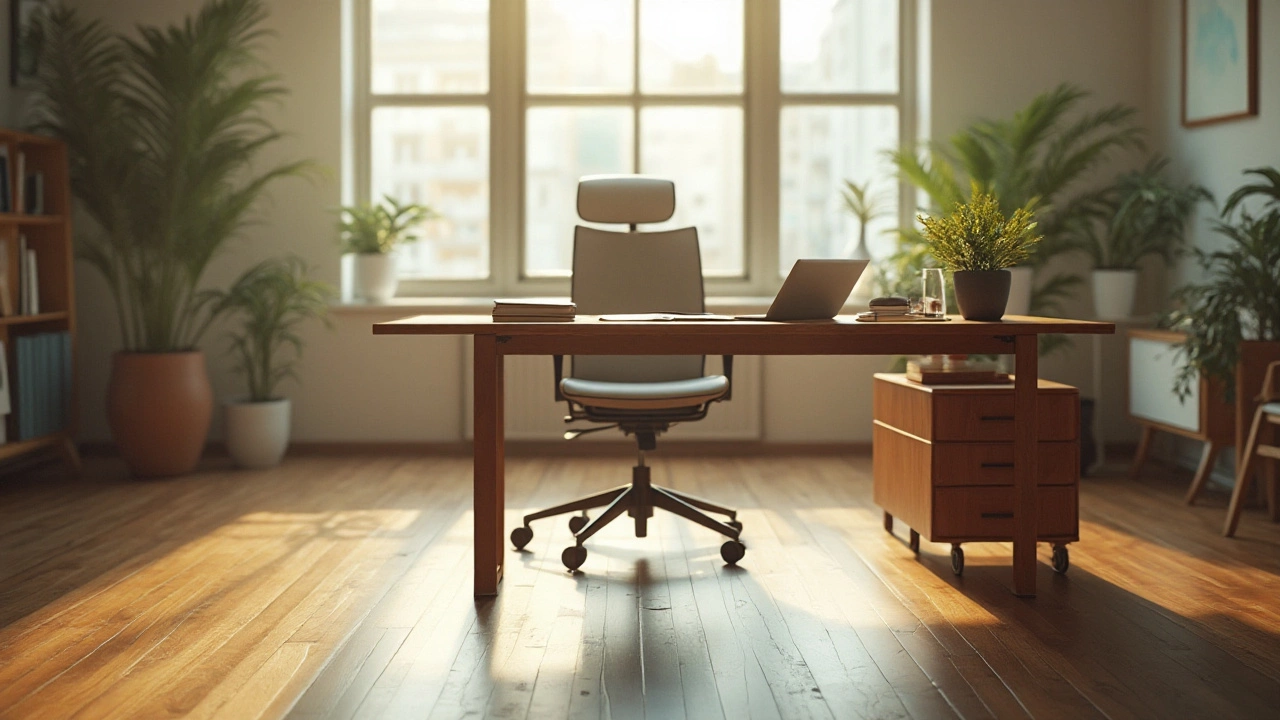Workplace Comfort: How to Keep Your Office Seating Cozy and Healthy
Spending eight hours at a desk can turn any space into a pain factory if you don’t pay attention to comfort. The good news? Small changes to your chair, desk setup, and habits can cut fatigue, improve posture, and make the workday far more enjoyable.
Pick the Right Chair for Your Body
First thing’s first – the chair. Look for a seat that supports the natural curve of your spine. Adjustable lumbar support, a seat depth that lets you sit back with a couple of inches behind your knees, and armrests that keep your shoulders relaxed are must‑haves. If the chair can tilt and lock at different angles, you’ll be able to shift weight throughout the day, which reduces pressure points.
Don’t forget the cushion. A medium‑firm seat pad spreads weight evenly and prevents you from sinking too low. Test it out: sit with your feet flat on the floor, hips at a 90‑degree angle, and see if you can comfortably reach the desk without leaning forward.
Add Simple Tweaks for All‑Day Comfort
Once the chair is set, fine‑tune the rest of the setup. Your monitor should sit at eye level, about an arm’s length away, so you don’t crane your neck. Use a monitor riser or stack a few books under the screen if needed. Keyboard and mouse position matters too – keep wrists straight and elbows close to a 90‑degree angle.
Footrests are underrated. If your feet don’t touch the floor, a small footrest keeps blood flowing and stops your legs from danging, which can cause numbness. Add a small pad or rolled towel under your lower back for extra lumbar support if the chair’s built‑in adjustment isn’t enough.Take micro‑breaks. Stand, stretch, or walk for a minute every hour. Simple moves like rolling shoulders, stretching the hamstrings, or doing a quick desk push‑up reset posture and boost energy. Setting a timer on your phone or using a break‑reminder app makes it easy to remember.
Lighting plays a hidden role in comfort. Harsh glare can strain eyes and lead to headaches. Position your screen away from windows, use blinds to soften natural light, and add a desk lamp with a warm LED bulb for a balanced glow.
Lastly, keep your workspace organized. Clutter forces you to twist and reach, creating tension in the neck and shoulders. Store frequently used items within arm’s reach, and keep the rest tucked away in drawers or shelves.
By choosing the right chair, adjusting your desk layout, and building in regular movement, you’ll turn a dreaded office day into a comfortable, productive experience. Start with one tweak today and notice the difference – your body will thank you.
Benefits and Drawbacks of Removing Office Chair Arms
Removing the arms from your office chair might seem a small alteration, but it can have significant effects on both comfort and productivity. This decision can impact ergonomics, posture, and potentially reduce the space required at your workstation. By understanding the potential advantages and disadvantages, individuals can make informed choices that suit their work needs. Exploring insights into adjusting your office setup can lead to a more comfortable and efficient work environment.





